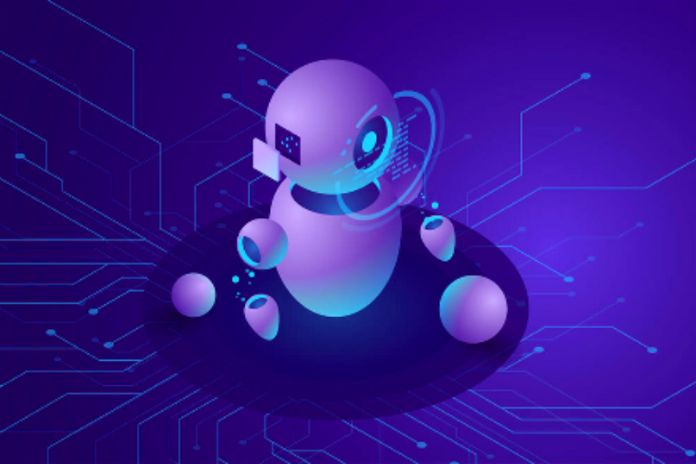DPA And RPA – Differences And Complementarities
DPA and RPA: Technology is an excellent ally in the automation of business processes. In this context, with the standardization of the BPMN notation, which revolutionized the way we design processes, came the automation platforms known as BPMS.
These platforms allowed flows to become systems quickly, transforming ideas into practical improvements and capturing immense value for organizations. More recently, they have incorporated artificial intelligence and Machine Learning capabilities, renaming themselves IBMs (Intelligent Business Process Management Systems) or DPA (Digital Process Automation) Platforms.
More recently, platforms have emerged aimed at robotization of repetitive routines, allowing the automation of these routines, mimicking human actions, interacting with systems through mouse clicks, keyboard, and information reading, including, in some of them, image recognition capabilities and unstructured data, through machine learning models. These platforms were named RPA – Robotic Process Automation.
Many people still confuse the concepts, perhaps because of the suppliers who call the application of the two techniques using the same term: Process Automation. However, we will see in this article that there are essential differences between them and that, when applied together, we can get the best out of each.
What Is The Difference Between DPA And RPA?
The main differences stem from the applicability of each concept or platform. DPA platforms include the capability of end-to-end process mapping and automation, applying BPMN notation in all its richness to represent business processes. These processes can consist of rich interactions between different actors, who can work in sequence or parallel, implement complex decision rules, and contemplate multiple levels until producing the final result. They commonly span various sectors, involve different people, and sometimes may have long cycle times (for example, a legal process).
In this way, DPA allows you to standardize procedures while maintaining a logical execution, being a collaborative work center, allowing information traceability, data recording and storage and several other benefits, covering the entire process cycle, often involving hundreds of actors. Including interfaces, complex business rules, and integrations. DPA centralizes and organizes interactions with people through electronic forms or other systems through integrations. And all this without significant investments in coding, which is why it is characterized as a Low Code platform.
Examples of DPA applications: complex purchasing and payment processes, lending, sales, contracting, handling customer requests, etc.
RPA (Robotic Process Automation), in turn, automates repetitive and costly routines, often performed by the same person interacting with sites or internal systems to perform short-term procedures. RPA makes it possible to reduce the time and cost of these procedures, making it possible to direct the workforce to be intellectual and higher value activities, even resulting in increased employee satisfaction.
Examples of RPA applications: capturing and posting bill payments, updating bank statements, verifying information for a particular individual or legal entity on multiple information sites (social networks, SPC, justice, etc.).
For the sake of comparison, it can be said that DPA automates a business process while RPA robotizes a procedure. It is pretty clear that the boundaries between technologies tend to vary over time, and we can have DPA platforms that include robotization functionalities and vice versa.
Complementarities
The two technologies indeed appear as different paths to be followed, but their differences are complementary. The two technologies can work together to optimize the work routine more completely. DPA combined with RPA can address a broader range of needs.
So what can we do if, in our business process, we have problems that require the application of both technologies? The answer is simple: use both in an integrated way. In this context, we can imagine a robot (RPA) reading emails or consuming unstructured information and starting a business process on a DPA platform, which will go through multiple stages where a human is not expendable (analysis, authorizations, etc.). Or, in the opposite direction, when we have in our business process running on a DPA platform some manual and repetitive tasks, we can “hire” a robot to execute them and inform the result so that the operation can proceed.
Conclusion
With the extensive reach of DPA and the effective action of RPA in repetitive activities, both modalities provide scalable improvements in business processes. Therefore, the need arises for an adequate definition of processes so that both can deliver their best in their fields of expertise.
Talking about processes is talking about improvement for companies, in addition to their standardization. The tools in this article directly impact the institution’s operations within its operating scenario.
Also Read: Problems caused by robotization: 14,000 serious accidents at Amazon plants in 2020 alone
Share this content:












Post Comment